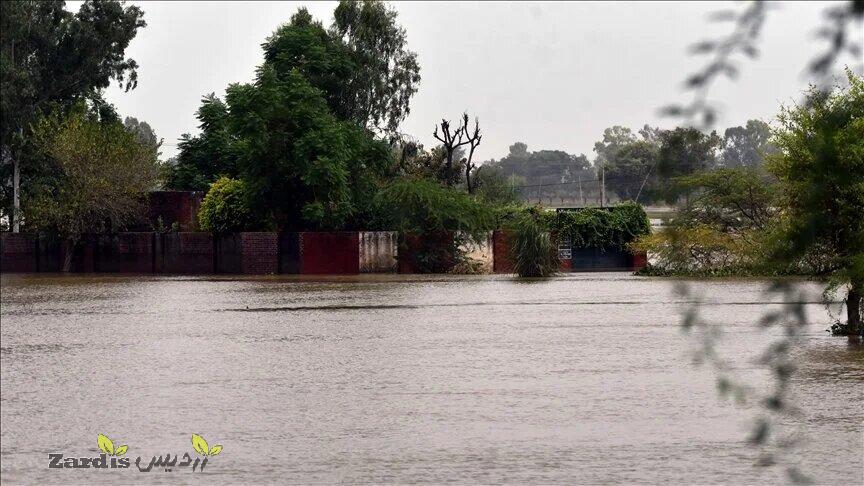TEHRAN – Pan Bafi, which falls under the category of traditional textiles, is a prominent handicraft being practiced in Alamut in Qazvin province.
Also called Navar Bafi or Kart Bafi, it is the art of weaving a kind of narrow strip with a width of one to two centimeters.
According to Visit Iran, these handicrafts, which are mostly woven by Alamut women, are quite durable and tight and can be used for more than one purpose. But they are often used in the clothing and clothes design industry for decorating the collars, edges of skirts or sleeves, belts, shoelaces, ties, baby swaddling clothes, and other accessories.
And if it is made from thick yarns, the Pan Bafi can be used to set up tents or tie the muzzles of horses or camels, too. The basic materials of Pan Bafi are natural and, occasionally, synthetic yarns. But they are usually woven from a kind of silk yarn called “Kaj” yarn.
In Pan Bafi, the wraps are stretched either vertically or “Istadeh”, or laid on the ground or “Khabideh”. The stretching of the wraps is done according to the predesigned patterns. Some of them are “Chashm e Khorus” or the eyes of the rooster, “Hasht Chapar”, “Bist o Noh Chapar”, “Modakhel”, “Nimeh Modakhel” and “Pichak”.
The patterns and designs of Pan Bafi are most commonly created from the memory of their weavers. The most unique trait of Alamut strips is their fineness, high quality, special technique, magnificent skills, and strength. Another trait of these crafts is the traditional dyeing of the yarns. Natural materials such as mulberry leaves (for golden pigments), onion skin (orange), walnut skin (brown), and “Nirask” (a kind of wild barberry) are used to dye the yarns.
AFM
Zardis news | The latest news of Iran and the world
All rights reserved for "Zardis news"It is protected and any copying without mentioning the source is prohibited.
Pursuant to Article 12 of Chapter 3 of the Cybercrime Law, copying the format and content will be prosecuted.







